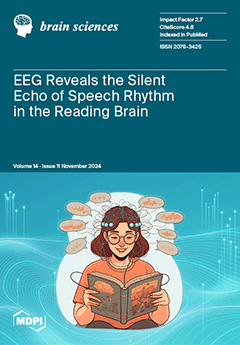Background/Objectives: Dementia involves the loss of cognitive abilities and impairs functional abilities in daily life. In motor imagery (MI) techniques, motor acts are mentally rehearsed without any overt body movements. The purpose of the randomized controlled trial was to examine the effects of MI on the motor function of older adults with dementia. Methods: Overall, 160 participants (43 men, 117 women, MMSE M = 23.20, SD = 0.15) from an Athens Day Care Center of the Alzheimer Association were randomized to (a) the MI and exercise group (experimental group) (n = 55), (b) the only exercise group (1st control group) (n = 52) and (c) the neither MI nor exercise group (2nd control group) (n = 53). The exercise session comprised 24 physiotherapy exercise sessions, lasting 45 min each, twice a week for 12 weeks. The exercises were selected from the Otago Exercise Program. Three assessments were performed: (a) one week prior to the program, (b) at one and a half months and (c) after the program. The experimental group performed a 30-minute MI with exercise program content after the end of every physiotherapy exercise session. The Multidirectional Reach Test, Five Times Sit-to-Stand Test (FTSST), Timed Up and Go test (TUG), Functional Gait Assessment (FGA) and Berg Balance Scale (BBS) were used to assess participants’ balance and functional status. Results: In the intention to treat analysis (18 participants dropped out), the 3 × 3 repeated measures ANOVA indicated statistically significant results between the three groups on (a) the TUG (F = 3.06, df (2),
p = 0.04), (b) the FTSST (F = 3.00, df (2),
p = 0.05), (c) the forward direction test (F = 4.14 df (2),
p = 0.02), the lateral right and the lateral left direction tests (F = 3.90, df (2),
p = 0.02 and F = 7.87, df (2),
p = 0.00, respectively), and (d) the FGA (F = 4.35, df (2),
p = 0.01). The Friedman test showed significant statistical significant differences among the three groups for BBS (X
2 = 7.62, df = 2,
p = 0.22), and an effect size of partial η
2 coefficient for F-tests was found. Post hoc comparisons using a Bonferroni test for ANOVA and Wilcoxon test for Friedman indicated that the mean scores for the experimental group and the 1st control were significantly better than the 2rd control group in many dependent variables. Conclusions: The study showed a positive effect of MI on balance and the functional status of older adults with early stages of dementia with possible beneficial effects on maintaining independence and reducing physical decline.
Full article






